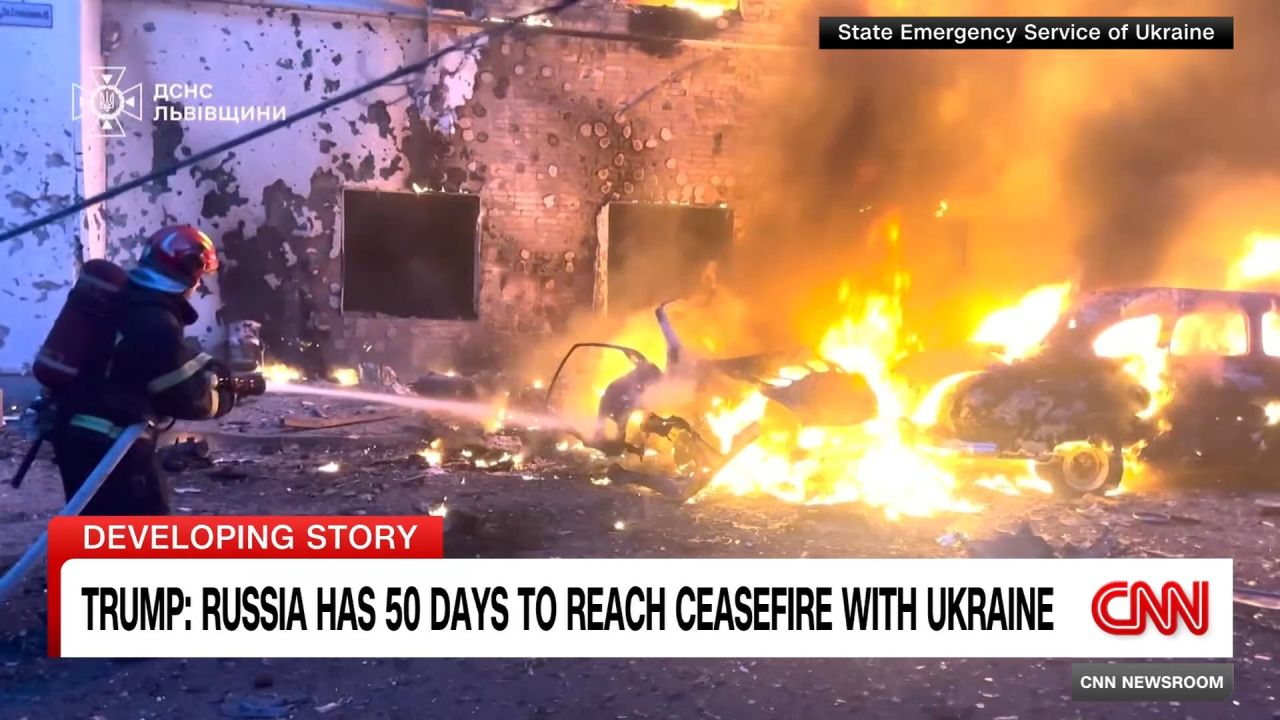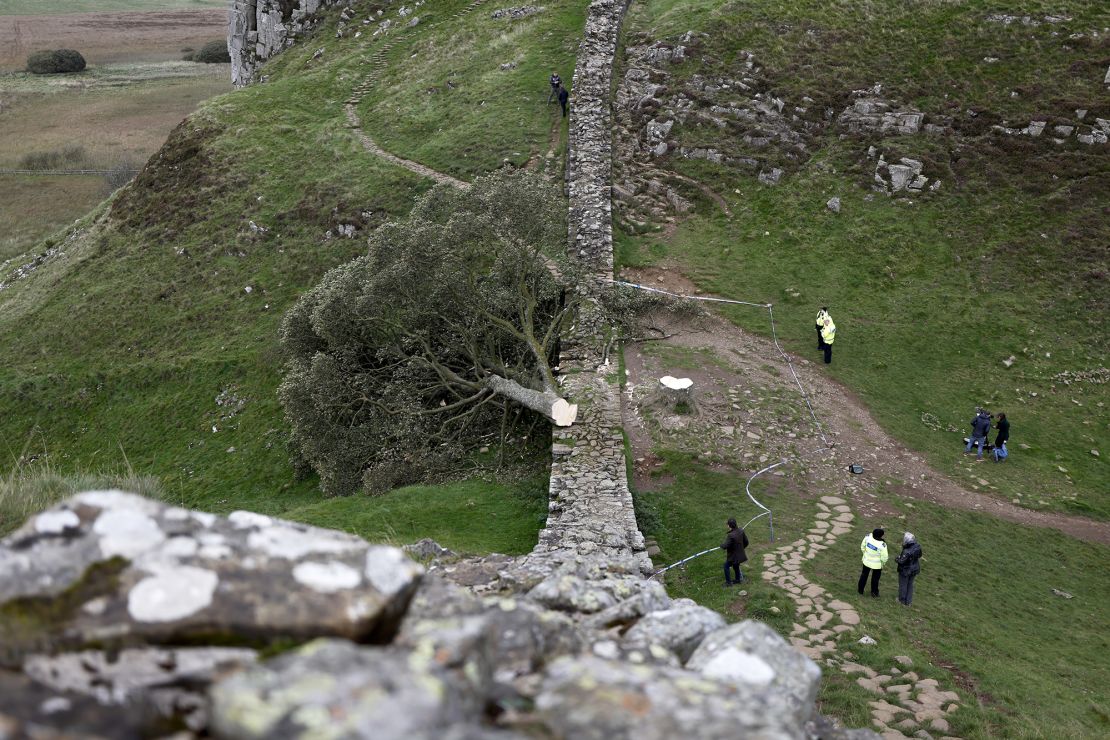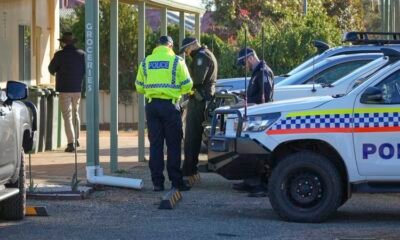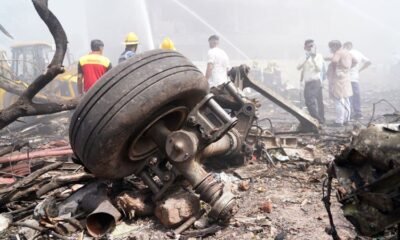CNN
—
When traveler Billie woke up on her flight from Doha, Qatar, to London on Friday morning, she spotted a beautiful sunrise out of the airplane window.
This stunning view of clouds streaked with gold should have been the perfect end to Billie’s “once in a lifetime trip” to the Seychelles, where she’d been celebrating her honeymoon with her husband, Richard.
Then Richard tapped Billie on the shoulder and dropped an unexpected bombshell. She’d slept through the pilot’s announcement that their flight QR011 had rerouted due to a power issue at Heathrow. No flights were arriving or departing from the London hub for the rest of the day. And no, that was not a beautiful view of their home city of London from the airplane window.
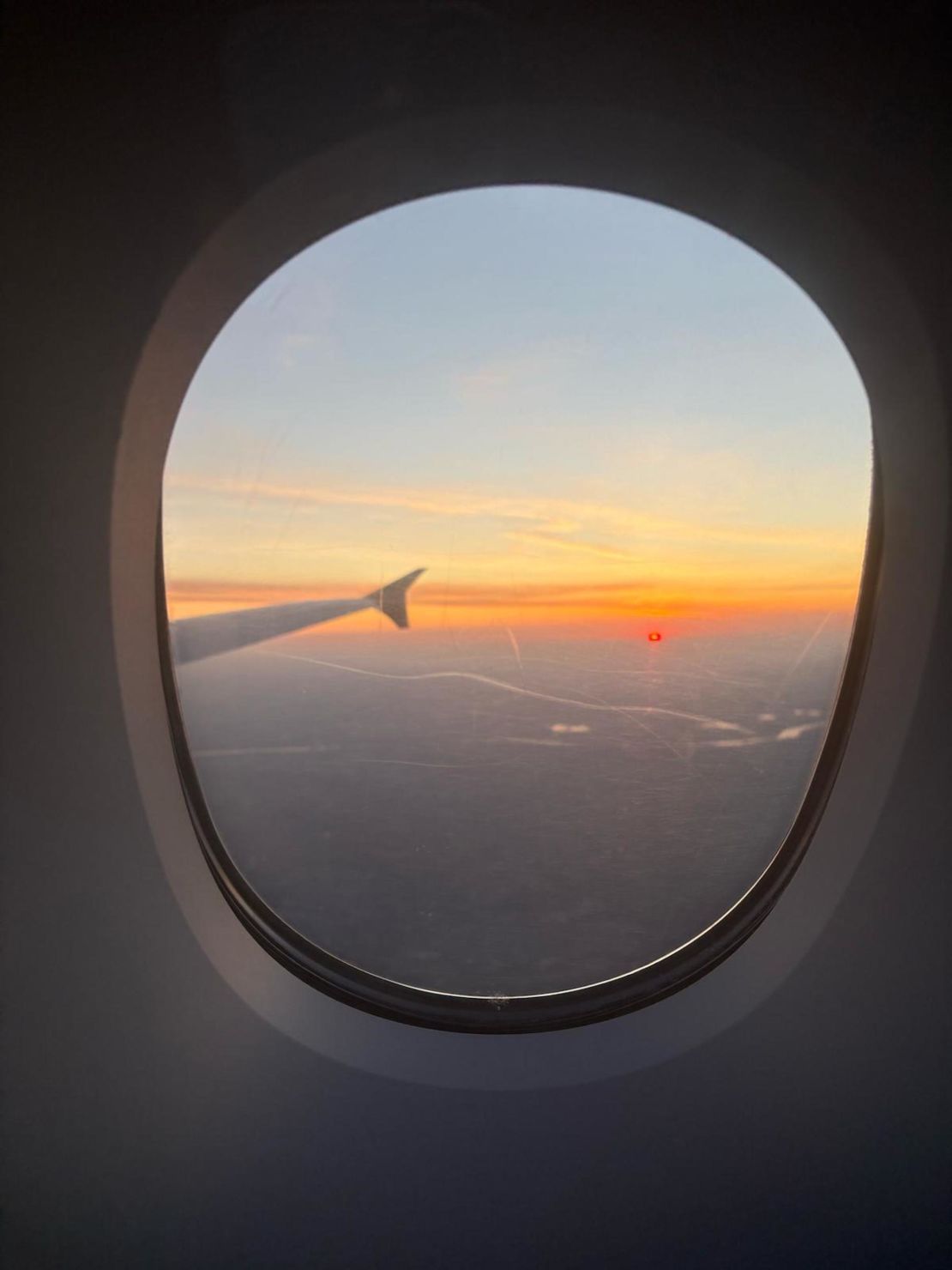
“Richard had the pleasure of telling me when I woke up that we were halfway through landing in Germany,” Billie told CNN Travel.
Billie and Richard are just two of the thousands of travelers caught up in the widespread disruption caused by a total shut down at London’s Heathrow Airport on Friday. CNN agreed not to use Billie and Richard’s full names out of respect for their privacy.
The power issue, caused by a fire at a nearby substation, brought air traffic in and out of Heathrow, one of the world’s busiest air hubs, to a halt. The airport was expected to be closed until “at least midnight,” but it later announced that it was able to restart some flights late Friday. The disruption led to midair turnarounds, last-minute diversions to other countries, passengers boarding planes that never took off and a knock-on effect on air travel across the globe.
When the Heathrow shutdown news hit Billie and Richard’s Qatar Airways flight — about 90 minutes before the scheduled arrival time in London — Richard recalls a “sort of shocked silence and atmosphere of disbelief on the plane” followed by “a collective groan.”
For Billie and Richard, this was the second leg of their return from the Seychelles. The whole thing was “quite the come down after our beautiful honeymoon,” Billie said.
“It was really jarring,” said Billie. “We’d been travelling for around 15 hours by this point and were both quite jet lagged and sleep deprived, so the idea of getting off the plane and trying to figure out what to do now felt very overwhelming!”
On board their Qatar Airways flight, she said crew were unable to pass on any more detail about the extent of the cancellations, or when travelers might be able to fly to Heathrow.
And on the ground in Frankfurt, local airport staff seemed — at least initially — totally unaware of the situation.
“I think we were one of the first planes diverted to Frankfurt,” said Billie. “The lovely passport control officer gave us a big smile and asked how long we were going to spend enjoying Frankfurt and we had to explain that we hadn’t really planned to come to Frankfurt.”
From there, things only got more chaotic. The couple joined a line to speak to Qatar ground staff, only to realize, after an hour of waiting, that they were in the wrong line.
Despite the stress and uncertainty, the atmosphere among stranded passengers was convivial, according to Billie.
“Other passengers were all trying to be positive and helpful and share information with each other. That was really nice,” she said.
“I think the Qatar staff were also doing their best with a very overwhelming and unprecedented situation — the people we spoke to were lovely, they just didn’t seem to have a lot of information for us.”
Billie says airline staff seemed “as shocked as we were.”
On the ground in Frankfurt, Billie and Richard spoke to other travelers and said they felt thankful they were returning from their honeymoon, rather than trying to get there.
Other passengers across the globe were less fortunate. Some flights that were already en route to London were forced to return to their departure airport when the Heathrow news hit.
Passenger Kim Mikkel Skibrek had been in the air on a Delta Air Lines flight from Minneapolis to Heathrow for three hours when the pilot announced the plane was returning to the US.
Skibrek, a US-Norwegian citizen, was trying to travel to Oslo, via London, to see his father, who has cancer.
Meanwhile, Abby Hertz, a passenger on the same Delta flight, was heading to London with her husband and two children for a wedding on Saturday.
When Hertz spoke to CNN Friday morning, her family was in the middle of being rebooked on a flight to Heathrow, scheduled to leave Friday night and arrive Saturday morning — just hours before the ceremony. It’s going to be tight, but she took this as good news.
“We just might make the wedding after all!” Hertz told CNN.
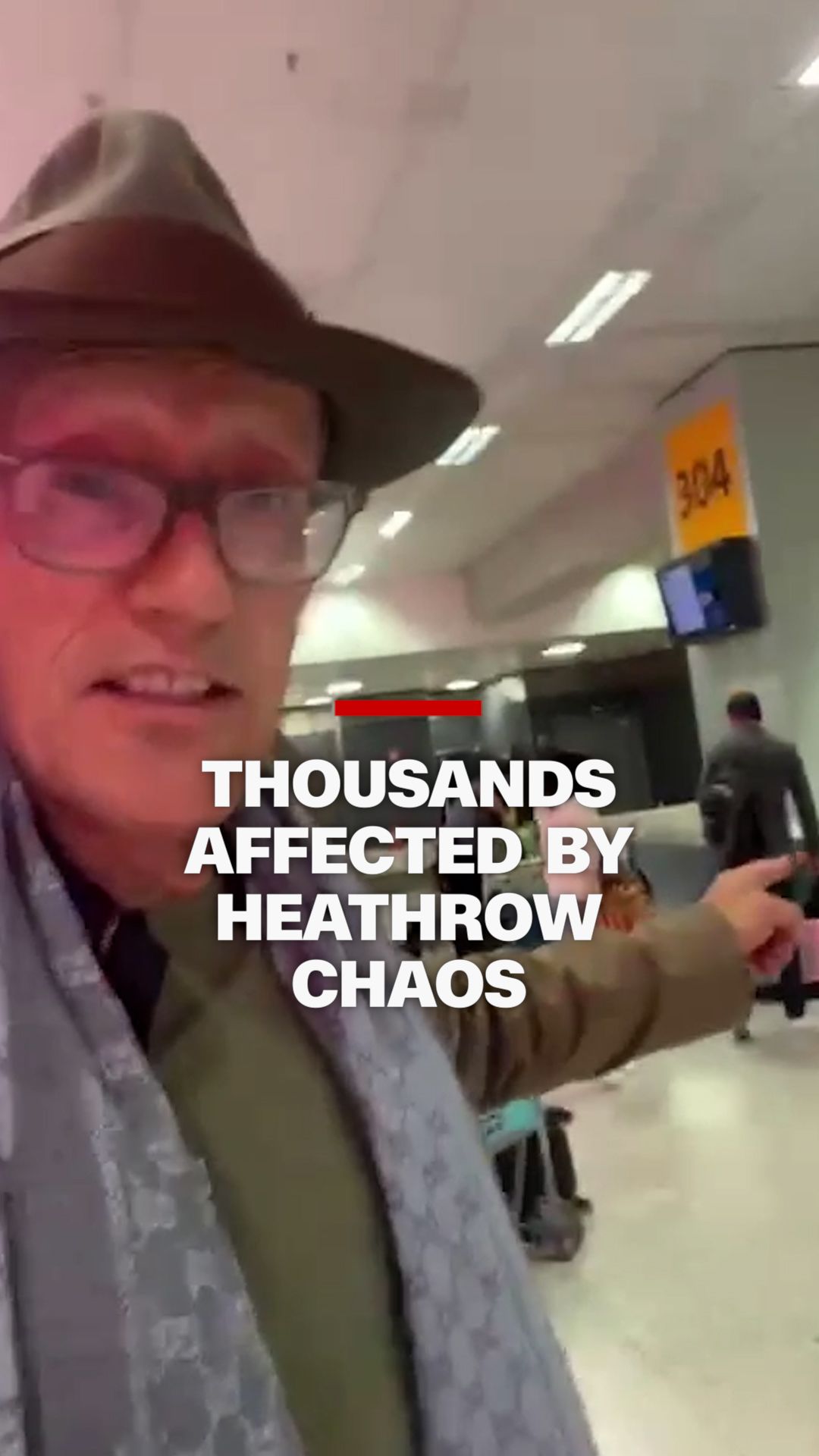
CNN Anchor affected by travel disruption





